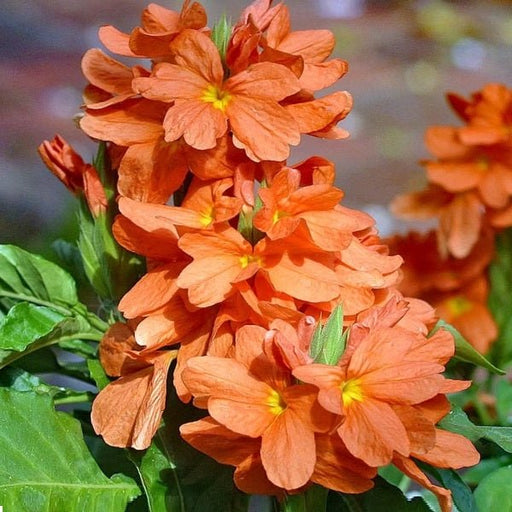
Croton Plant, Codiaeum variegatum (Petra) - Plant
Synonyms: Petra Croton, Codiaeum variegatum 'Petra'
Product Highlights:
- Vibrant and colorful foliage
- Easy-to-maintain indoor or outdoor plant
- Unique and eye-catching variegated leaves
- Adds a touch of tropical beauty to your space














